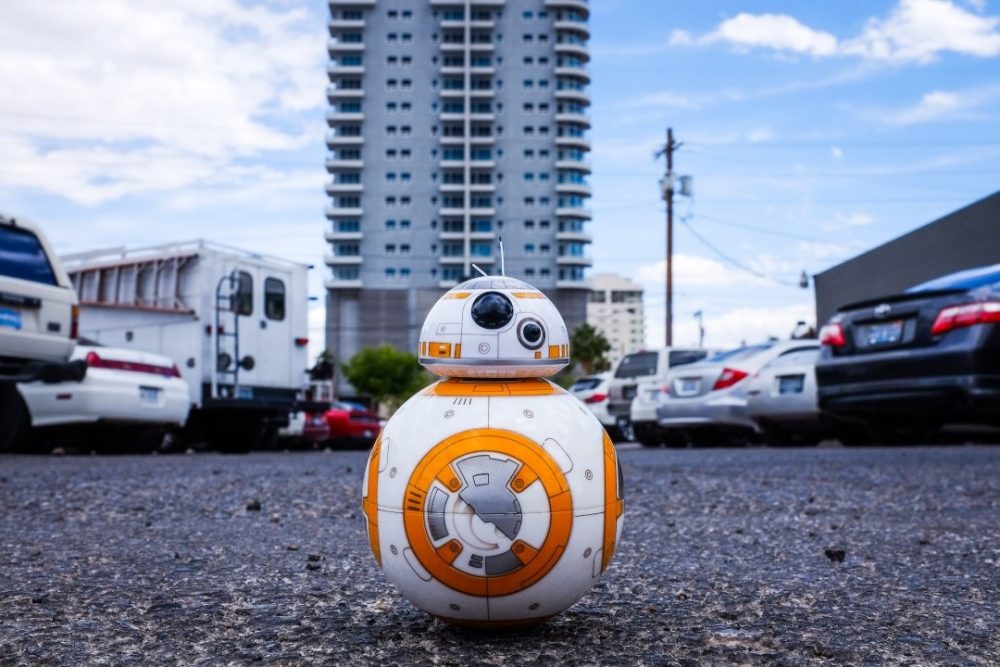In the ever-evolving landscape of advertising and automation, Google Performance Max and Tesla’s full self-driving technology stand as remarkable technological advancements. They both promise to streamline complex tasks through the power of AI, yet they share a common truth—they are works in progress, each with its own unique set of challenges and constraints.
Shared Foundation in AI:
Both Google Performance Max and Tesla’s full self-driving system rely on the bedrock of AI to perform their tasks.
Google Performance Max:
Google Performance Max employs AI to decipher business objectives and target audiences. This results in the autonomous creation and management of ads across Google’s extensive network, including Search, Display, YouTube, and more.
Tesla’s full self-driving system:
Tesla’s self-driving system leans on AI to interpret the vehicle’s surroundings, making real-time decisions like steering, accelerating, and braking.
The Challenges They Face:
Google Performance Max:
- Lack of transparency: The opacity of Google Performance Max’s inner workings can be vexing. Understanding why specific decisions are made can be a puzzle, making optimization and troubleshooting a complex endeavor.
- Limited control: Compared to manual campaigns, Performance Max automated campaigns offer reduced control, leaving advertisers with less influence over their ad placement.
- Potential for overspending: Although effective, Performance Max campaigns can lead to overspending if not monitored diligently.
- Difficulty targeting specific audiences: The campaigns excel at broad targeting but can struggle with niche markets, posing challenges for businesses with specialized offerings.
Tesla’s full self-driving system:
- Limited functionality: It’s not yet equipped to handle all driving scenarios, requiring constant driver vigilance.
- High cost: The system comes with a hefty price tag and uncertain availability across certain regions of the world such as in the UK.
Despite their limitations, both Google Performance Max and Tesla’s self-driving tech hold immense potential. They are paving the way for change in their respective fields, but they remain in a state of evolution.
Mastering Google Performance Max
For those venturing into the world of Google Performance Max, mastering it can be a game-changer. Here’s how:
1. Implement accurate, full-funnel conversion tracking: A crucial step for optimization.
2. Create a PMax segment in Google Analytics: Enhance reporting capabilities.
3. Use URL exclusions: Take control over where your ads appear.
4. Include at least one video asset: A non-negotiable in Performance Max campaigns.
5. Be cautious of tricky location settings: Opt for “Presence” targeting to keep your ads within the intended locations.
6. Use Performance Max for conversion objectives only: The sweet spot for this format.
7. Create an audience signal: Define your desired audience for Google Ads while retaining control.
8. Check the Insights tab for improvements in reporting transparency: Valuable insights into your campaign’s performance.
9. Avoid duplicating Merchant Center feed imagery (e-commerce) as image assets: Focus on lifestyle images instead.
10. Beware of customer acquisition rules: Adjust your expectations when targeting new customers.
In conclusion, Google Performance Max campaigns like Tesla’s full self-driving technology is on the cusp of transforming digital advertising. While it carries the torch of innovation, it also bears the weight of it’s current limitations. Understanding these limitations is crucial for anyone considering it’s adoption.
So, what are your thoughts and experiences with Google Performance Max campaigns? Have you encountered similar challenges or found innovative solutions? Share your insights in the comments below.




